While
Japanese encephalitis virus (JEV) is endemic in Asia and the Pacific, many countries like the United States don’t have and don’t want this disease. If JEV infects a naïve herd, the mortality rate of infected piglets is close to 100 percent and 50 to 70 percent of sows experience reproductive failure. According to the World Health Organization, every year close to 68,000 humans are infected with JEV via mosquito vectors in affected Asian countries. The resulting viral encephalitis causes a 30 percent mortality rate in infected humans and 30 to 50 percent of those infected have permanent neurologic or psychiatric sequelae. Partially funded by the Swine Health Information Center (SHIC), researchers at the Kansas State Biosecurity Research Institute (KSBRI) asked if the virus would be sustainable and detectable in the North American pork industry.
Quick detection is necessary for a quick response. In this first-of-its-kind study, the KSBRI team showed from Culex mosquitos to domestic pig susceptibility, North America has all the components for JEV to circulate and survive if introduced. Thanks to SHIC’s contribution to this research, an
oral fluids PCR test for JEV infection in swine has now been developed for US veterinary diagnostic labs.
What Is JEV?
JEV is a mosquito-borne flavivirus in the same family as West Nile virus (WNV) with high human and veterinary public health significance. While pigs can get infected with WNV, infection occurs rarely and WNV does not replicate in high enough numbers to permit transmission to other pigs, birds, or insect vectors.
However,
JEV is a different flavor of flavivirus. Pigs, alongside viremic birds, are considered the main amplifying host capable of infecting Culex mosquitoes that can carry the virus. It was originally thought JEV needed mosquitoes to move virus from pig to pig. However, oronasal pig-to-pig transmission was shown in laboratory pigs in 2016 and in domestic pigs in 2017. And this most recent K-State study also showed viral RNA present in tonsils at 28 days post infection demonstrates the possibility of persistent infection in swine.
What Can We Do to Proactively Monitor for JEV?
While an introductory event involving JEV has yet to happen in the US, K-State researchers recommend increased international and possibly local surveillance of the virus through diagnostic methods. SHIC encourages pig veterinarians to check out the
JEV Fact Sheet for infection presentation and signalment. Keep it in mind in those difficult cases with high piglet mortality or reproductive failure.
And remember, in incidents of high or ongoing morbidity or mortality, where an etiology is either not identified or there is a strong suspicion that the identified etiology is not the likely cause of the outbreak, SHIC continues to offer
diagnostic fee support after the initial diagnostic workup is completed and paid for by the owner. In these cases, additional support for the fees of further diagnostic workup may help to identify newly introduced or emerging swine diseases. Find a description of the requirements, submission and review process for the
Support for Diagnostic Fees program on the SHIC website.
Funded by America’s pork producers to protect and enhance the health of the US swine herd, the Swine Health Information Center focuses its efforts on prevention, preparedness, and response. As a conduit of information and research, SHIC encourages sharing of its publications and research for the benefit of swine health. Forward, reprint, and quote SHIC material freely. For more information, visit
https://www.swinehealth.org or contact Dr. Paul Sundberg at
[email protected].
